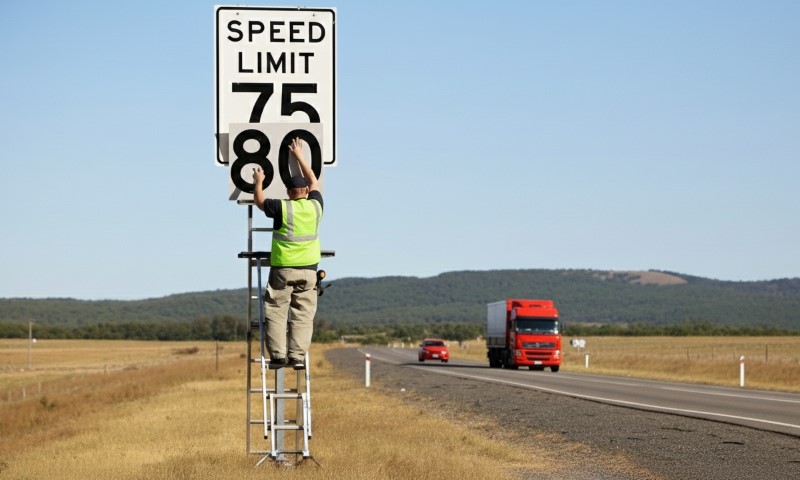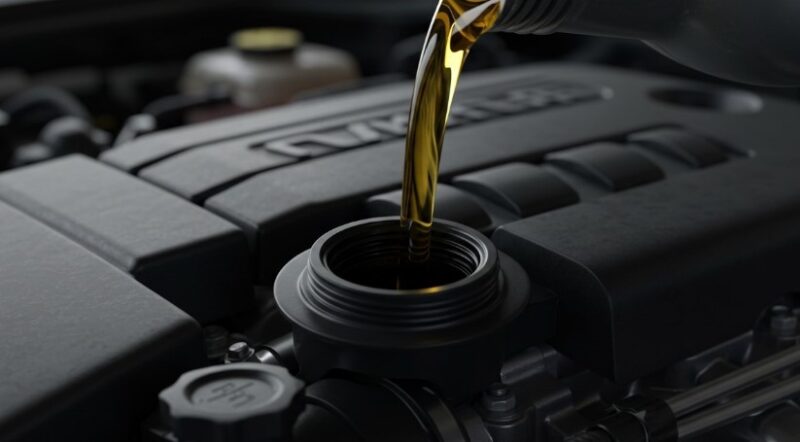
Share Post:
You’re sitting at a red light, glancing down at your dashboard, and there it is. “Oil Life: 0%.” Not 10%, not 5%—zero. For a second, you freeze. Is your engine about to seize up?
Can you get home? Do you need to pull into the next oil change place, like, now? If you’ve ever been there—or you’re there right now—you’re not alone.
That 0% warning tends to feel more like an emergency alarm than a friendly reminder. And yeah, it’s not something to ignore for long.
But let’s unpack what that number really means, how much buffer you’ve got, and how far you can actually drive without risking an engine meltdown.
Table of Contents
ToggleKey Highlights
- 0% oil life doesn’t mean no oil, but you’re running low on protection.
- Most cars can handle up to 250 extra miles—but risk grows fast.
- Driving habits, oil type, and engine condition all affect how bad “0%” really is.
- Top off if needed, limit trips, and book an oil change ASAP.
What 0 % Oil Life Really Tells You
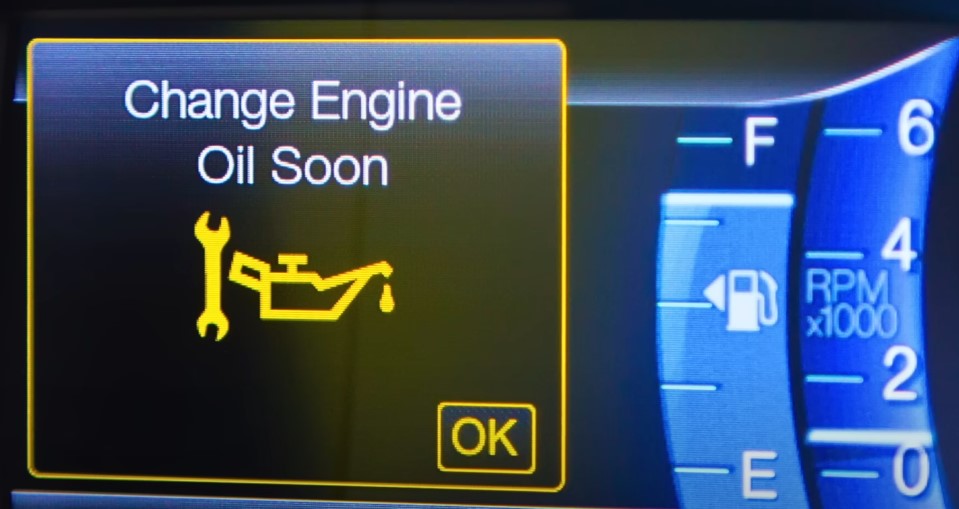
Modern cars carry an internal accountant: an algorithm that weighs mileage, temperature swings, idle time, cold starts, and more. Fresh oil begins at 100 %.
Each harsh stop‑and‑go run or sub‑freezing morning shaves away a few points. When the counter slides to zero, the software asserts that lubrication, cooling, and detergent qualities have fallen below the engineer’s safety margin—not that the sump is bone‑dry.
- Mileage since the last change
- Engine heat cycles and average load
- Driving pattern (short errands versus long highway hauls)
- Time—oil oxidizes even while the car sits
Many brands even bake in a hidden buffer, letting a driver cover a modest extra distance without grenading the block.
Variables That Stretch — or Shrink — Your Safety Margin
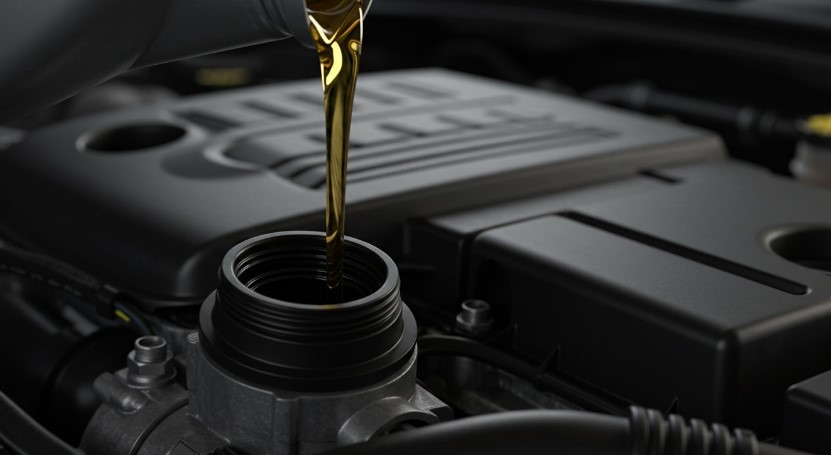
New blocks with tighter tolerances, roller lifters, and advanced coatings shrug off light varnish better than an older design that already shows wear rings.
Oil Chemistry
Full synthetics resist heat and oxidation, holding viscosity for 10–15 k miles in ideal service.
Conventional blends shear faster and load up with contaminants, leaving hardly any room past the zero mark.
Driving Environment
- Short urban hops never let oil reach stable temperature, so water and fuel dilution skyrocket.
- Long interstate runs heat the sump steadily, burning off moisture and giving sensors calmer data.
Payload, Towing, and Altitude
Hauling a utility trailer, feeding boost on a turbo crossover, or climbing mountain passes cooks the lubricant harder, stealing that leftover buffer.
Maintenance History
A sedan that’s seen punctual changes every 6 k will show less sludge than one skipped for years; inner surfaces stay polished and friction remains low. Old neglect piles onto the risk.
Immediate Risks

- Extra friction: Thinner, contaminated oil can’t separate piston skirts from cylinder walls, scoring surfaces in a handful of trips.
- Heat spikes: Poor lubrication forces bearings to run hotter; warping follows sooner than many drivers guess.
- Blocked passages: Sludge deposits block narrow oil galleries, starving cam journals first.
Future Nightmares
- Spun rod bearings or full seizure, a repair easily topping $3 k–$5 k for parts and labor.
- Warranty headaches: Dealers flag “neglected maintenance” and decline coverage.
- Resale hit: CarFax entries noting engine overhaul or chronic low‑oil warnings scare off buyers.
AAA’s latest reliability audit found that six out of ten road‑side breakdowns tie back to skipped maintenance, and oil issues sit high on that list.
So You’re Already at Zero—Now What?
1. Check the level
Park on level ground, wait two minutes, wipe the dipstick, then read it again. If the film barely touches the lower mark, add a quart of the correct grade before moving.
2. Trim non‑essential trips
Grocery run? Combine errands. Commute? Car‑pool or take public transit until fresh oil goes in. Aim for under 250 miles total before service.
3. Book the oil change today
Whether at a dealer, neighborhood lube bay, or DIY in the driveway, get it on the calendar within 48 hours.
4. Use manufacturer‑spec oil
High‑mileage engines often call for heavier viscosity; turbo‑gas units need synthetic to handle heat. Cheap fluid negates the whole effort.
5. Reset the monitor correctly
Ask the tech to clear the data, or follow the steering‑wheel button dance in the owner’s manual. A forgotten reset can trick you into running long again.
Building Habits That Keep the Warning Dark
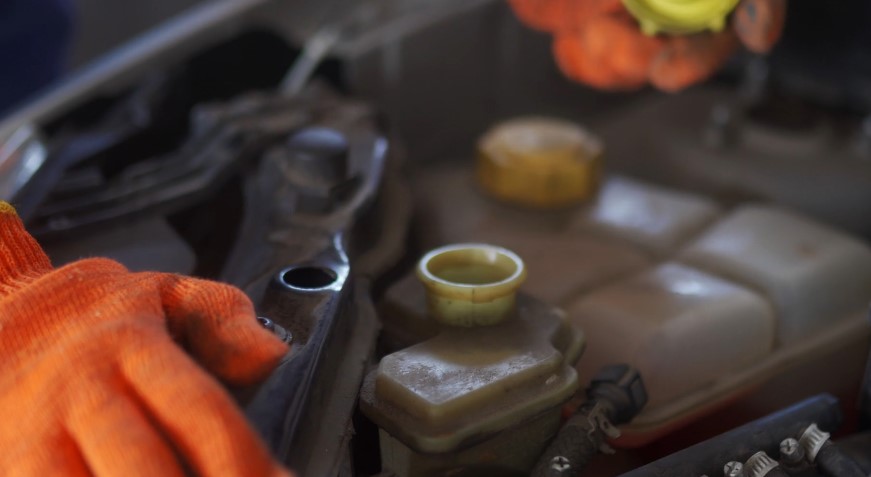
Engineers typically set conventional oil intervals at 5 k–7.5 k mi and synthetics at 10 k–15 k mi.
Even if yearly mileage stays low, pencil in at least one change per calendar year to offset moisture and acid buildup.
Monthly Dipstick Drill
Fifteen seconds in the driveway tells you about leaks, fuel dilution, or coolant cross‑contamination long before a light glows. Pair it with tire‑pressure checks for an easy routine.
Match Oil to Use‑Case
- Commute under five miles each way? Go full synthetic for extra detergent and acid neutralizers.
- Tow a camper each summer? Shorten intervals by 1 k miles and consider a high‑zinc additive.
Track Driving Style
A smooth throttle, steady speed, and calm downshifts keep cylinder temps lower, reducing oxidation inside the crankcase. It’s free insurance.
The Numbers Behind Neglect
| Scenario | Typical Repair Bill | Note |
| Spun bearing due to oil starvation | $3,000–$5,000 | Often demands full engine replacement |
| Clogged oil pump pickup | $800–$1,500 | Labor intensive; risk of repeat failures |
| Turbocharger failure from coked oil | $1,200–$2,500 | Boosted engines rely on high‑flow lubrication |
Why Mileage Isn’t the Only Clock
@oostopofficial Thats the sound it will make when you drive with no to little oil in your Engine 😭🚗 #fyp #car #engine #mini #nooil #badenginesound #nooilinengine #newengine #whatitsoundslike #unluckycar #countryman ♬ original sound – Ostap
A 20‑minute phone‑scroll in drive‑through traffic counts as miles in an oil‑life algorithm even though the odometer barely moves.
The computer tracks engine run‑time, coolant temp, and start‑stop cycles. Two drivers can hit zero with wildly different odometer totals:
| Driver | Commute Style | Odometer at 0 % |
| Alice | 5‑mile city slog, five days a week | 3,200 mi |
| Ben | 50‑mile freeway run, three days a week | 7,800 mi |
Ben’s highway rhythm burned off moisture and kept shear low, so his oil retained additives longer. Alice’s start‑stop routine loaded fuel and water into the sump, aging oil rapidly despite low distance.
FAQs
Closing Thoughts
Pushing past a zero‑percent reading isn’t an automatic death sentence, but it’s a bet against math, chemistry, and the clock. Most drivers will skate by for 50 to 1,000 miles; a lucky few might run farther, yet every extra mile turns microscopic wear into metal‑shaving reality.
Schedule the service, keep a quart in the trunk, and treat oil as the life support it is. Do that, and the wrench icon stays off, the engine note stays smooth, and the only road drama you’ll face is finding the next good taco stop.
Related Posts:
- What to Look for in a Pre-Owned EV? Battery Life,…
- 11 Scenic American Drives to Take at Least Once in Your Life
- Car Leaking Oil? Here's What You Need to Know and…
- Is Synthetic Oil Really Worth It? Pros and Cons Compared
- Normal Oil Pressure At Idle - What’s Safe and What…
- Steering Wheel Shaking While Driving? Here’s What It…







